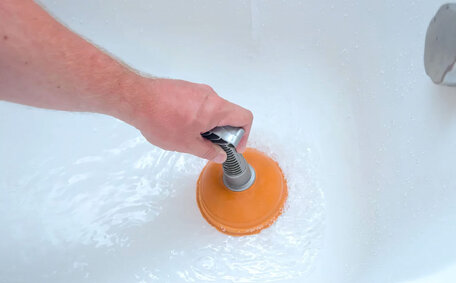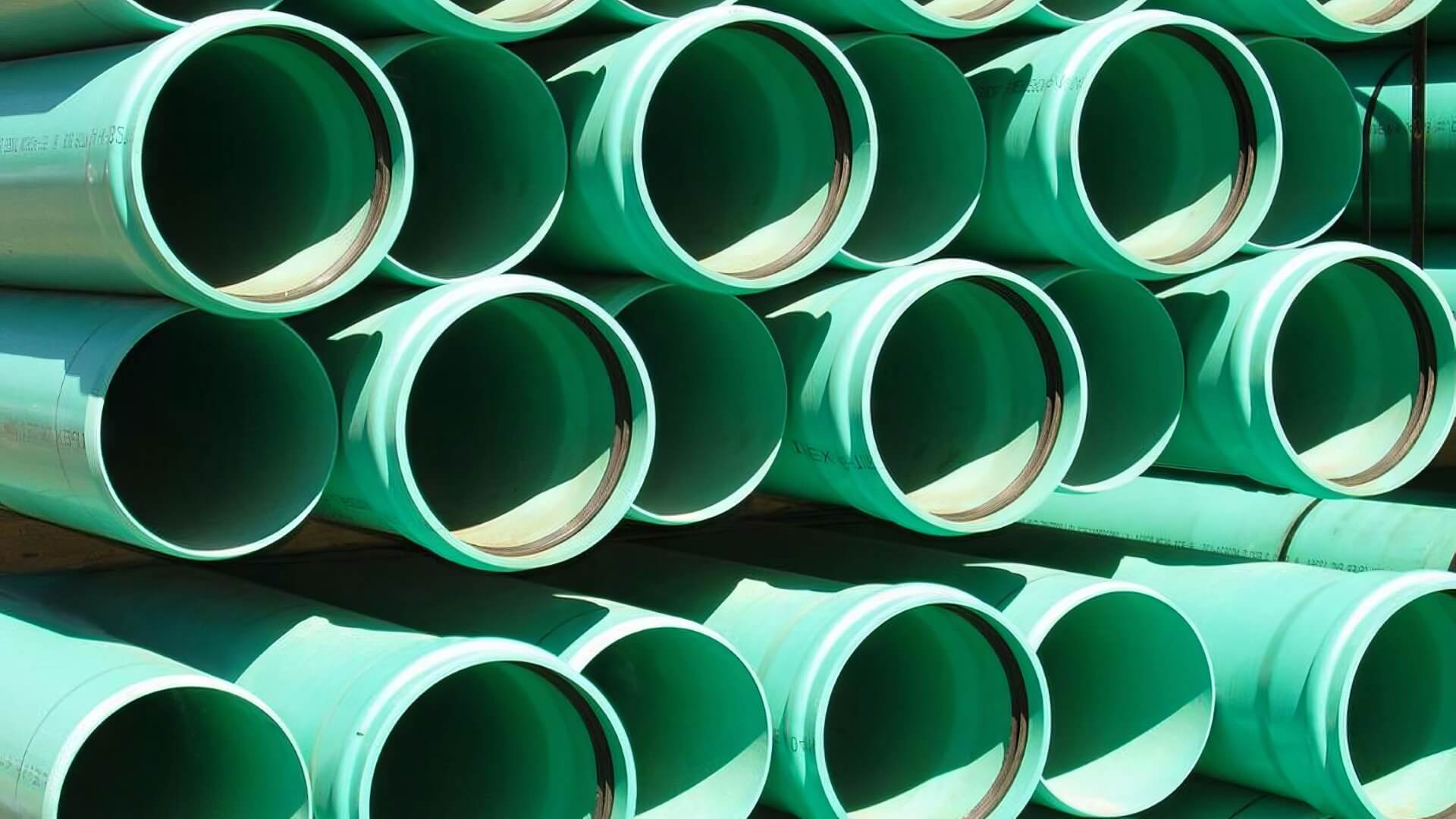How pet hair contributes to drain clogs
It’s common for pet hair to accumulate in household drains, showcasing what can lead to blockages especially during bath time. When washing and grooming your furry friend, it’s important to take measures to prevent their loose hair from easily finding its way down the drain. Over time, this hair can amass into clogs that block water flow.
Drain pipes contain small catches and curves where hair tends to snag and collect. Hair, along with soap residue, can form sticky clumps that contribute to blocked drains and cause obstructions. Bit by bit, hair and debris build up, eventually forming sizable obstructions.
Pet fur often melds with other household items such as food scraps, tea leaves, or dust bunnies. A compacted mix of fur, coffee grounds, and food debris sticks to pipe walls, leading to disruption in the drainage system. Left unchecked, these clogs can cause substantial plumbing headaches.
Understanding what causes blocked drains in your home, like pet hair, is imperative to prevent such nuisance situations. Routine maintenance and understanding how to prevent items that block drains ensures your drainage system stays functional and prevents severe clogs.
Preventing hair clogs during pet baths
When bathing your pets, there are a few key steps you can take to prevent loose hair from clogging drains:
- Before bathing your pet, install a hair strainer or stopper over the drain to catch any loose hair. These accessories catch hair before it has the chance to clog the pipes in your household.
- Place a washcloth over the kitchen sink, tub, and shower drains as an added barrier to trap hair.
- Use rubber gloves to collect shed pet hair while washing your pet, ensuring it is disposed of properly rather than being washed away.
- Use drain covers and mesh screens when hair tends to accumulate to prevent buildup over time.
- Consider bathing pets outdoors and keeping the toilet lid closed when possible to keep hair out of indoor plumbing entirely.
- Use hair catching brushes and grooming tools which can do prevent hair blockages before baths even start.
Taking certain precautions, as a diligent pet owner aware of plumbing challenges, can keep your drainage system clear. Catching hair at the source help prevent it from making its way deep into pipes where obstructions can form. Staying on top of grooming and using drain accessories tailored for pets keeps bath time headache-free.
Using drain catchers and strainers
There are several types of drain catchers and strainers specifically designed to trap pet hair. Dissolving one cup of baking soda in water and pouring it down the drain can be an effective method to prevent fur and debris clogs.
Drain Strainers
Strainers fit over or inside your drain to filter out hair and particles. Models with extra fine mesh screens are ideal for catching tiny strands shed by pets. Look for strainers with durable stainless steel construction.
Tub and Sink Strainers
For bathtubs and sinks, a simple drain strainer can help collect dog cat hair during bath time. Many feature stoppers that close over the drain when not in use to keep hair contained.
Shower Strainers
Shower strainers attached to the drain cover filter out loose hairs while allowing water to pass through, helping to unblock drains. Hard water, with its elevated mineral content, can still smoothly pass through at the right pressure while the strainer catches hair before it travels down your plumbing. Some styles have convenient handles that allow easy hair removal.
Choosing the Right Drain Catcher
Consider your pet’s size and coat thickness when selecting a drain catcher. Larger dogs and long-haired breeds are the most common shedders. In these cases, opt for high capacity baskets and extra fine mesh screens.
Look for catchers with durable construction, ensuring that hair from the animals can be easily caught and mesh that prevents blocked pipes. Proper use keeps drains free of pet hair buildup and clogging issues.
Regular grooming to reduce loose hair
Make sure to maintain regular grooming to reduce the amount of loose pet hair that finds its way into your drains. By brushing your pet outside, you can prevent much of the dog hair from causing clogged drains, and it’s only a 5-minute task. Establishing a regular grooming schedule helps to lessen hair accumulation and reduce the risk of clogged drains.
Dedicating just 10-15 minutes daily to groom your dog and comb your cat can effectively remove dead hairs from their coats. Do this outdoors so loose fur doesn’t fly throughout the house. Regular brushing is vital, and employing a plumbing service can ensure a clear drainage system by promoting pet health too by distributing natural oils, massaging skin, and preventing matted fur.
Use deshedding tools like furminators or shedding blades for heavy shedders to minimise the hair going down drain within your plumbing system. These speciality brushes, part of what can do to manage shedding, penetrate deep to remove loose undercoat hair. For long haired cats and dogs, you can do an extra step by using a stainless steel comb after brushing to catch stragglers.
By keeping up with routine grooming, you’ll reduce the amount of loose hair that could potentially end up clogging your drains. Less stray fur means less being tracked into your home’s bathrooms or going down the drain, preventing clog formation.
Proper disposal of pet waste
Responsibly disposing of pet waste is crucial for preventing clogs and drain blockages. Allowing solid waste or litter from cats, dogs, and other pets to wash down drains leads to severe plumbing issues.
Scoop Solid Waste
Always pick up solid pet waste from yards and litter boxes promptly to prevent it from making its way into drains, similarly to how you would responsibly dispose of cooking oil. Bag it securely to ensure these wastes don’t find their way into your plumbing and dispose of it with your regular household trash.
Don’t Flush Litter
Kitty litter should never be flushed down toilets, sinks, or into any part of the plumbing system. Clay-based kitty litter can solidify within pipes, forming cement-like blocks that cause blockages.
Use Enzyme Cleaners
Opting for enzyme-based blends over caustic cleaners, which, similar to boiling water, gently disintegrate organic residues, is kinder to your pipes. Many people find that using these products prevents organic matter from sticking in drains.
Making proper pet waste disposal a household habit is one of the essential plumbing tips to avoid plumbing disasters. Educate children and pet sitters to keep litter, faeces, and other debris out of indoor plumbing.
Avoiding flushing cat litter
Common items such as wet wipes, which are often mistaken for flushable, along with cat litter, can cause blocked drains when flushed. Clay in pet litter can cause blockage as it forms a concrete-like mass when wet, sticking stubbornly to the sides of pipes and blocking flow. These obstructions wreak havoc on your blocked drain plumbing system.
When litter finds its way into the public sewer lines, causing clogged drain issues, it disrupts your sewer system and causes major concerns for the entire water management network. Huge clogged masses must be manually removed, interrupting service for entire neighbourhoods.
Better Waste Disposal Methods
Instead of flushing, dispose of used litter properly by:
- Scooping solid waste from litter boxes into trash bags
- Emptying litter boxes directly into your household’s outside bin
- Bringing entire boxes to your local waste management centre
Here are some additional tips that help ensure your plumbing runs smoothly while securing environmental safety. Avoiding litter flushing saves households expensive plumbing bills down the road.
Signs of a pet-related drain blockage
Several signs blocked drain alerts come from causes like pet hair, toys, litter, or other debris:
Slow Draining
Water draining sluggishly and making gurgling noises can be a sign of a blocked drain, often caused by an accumulation of pet hair. Sinks and tubs that take an age to empty could indicate the beginnings of hair and soap residue which causes blocked drain in your plumbing.
Unpleasant Odours
Bad smells from drains might be signposting what causes blocked pipes - the accumulation of organic matter like hair or pet waste. Bacteria grow on this trapped debris, producing foul sulphurous odours.
Gurgling Noises
Strange gurgling sounds when water flows down drains points to how clear blocked drains obstructions. Water struggles to pass pet hair and items blocking its path.
Backed Up Water
Standing water in sinks or bathtubs, slow to drain, is a clear indicator of how to clear a blocked drain deep within your system, signalling it’s time to call the plumber. Debris clumps together and impedes water flow through pipes.
Knowing how to deal with blocked drains at the first signs helps any proactive pet owner prevent issues before they balloon into major clogging problems.
When to call a professional plumber
It’s wise to call a blocked drain plumber in several pet-related drainage scenarios, including:
Recurring Clogs
If your toilet bowl repeatedly becomes blocked despite preventative measures, it may indicate an underlying issue that requires professional attention. Persistent clogs can indicate bigger issues, such as collapsed or broken pipes, which are common causes of severe drainage problems.
Overflowing Drains
Standing water around your property that overflows from clogged drains can, particularly if septic tank sewage backs up, pose a significant health risk needing prompt assistance. Such overflow facilitates contamination and mould growth, ringing alarm bells in the department of health.
Complete Blockages
When inquiring how to let your actions prevent blocked drains due to hair, waste, or unexpected items, mechanical removal is often the answer. DIY methods may worsen complete clogs. Sometimes a diy drain snake might be used by homeowners, but Professionals have more advanced equipment to clear blocked drain obstructions even when severe.
Accessing Outdoor Pipes
Exposed pipes, often obscured by landscaping on your property, can allow debris to accumulate unnoticed. Professional plumbers use cameras to inspect exterior pipes and have technologies like hydro-jetting to thoroughly clean them if necessary.
For any pet-related drainage issues, especially in regions like the Gold Coast, Eastwood Plumbing has the expertise to diagnose and remedy plumbing problems efficiently.
For expert assistance with residential plumbing needs in Eastwood, Sydney, email, request an appointment, or call 1300 349 338 without delay.






